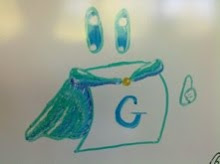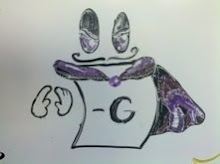What happens if you restrict which games can be moved on in a game sum? This seems to be the idea behind NimG, a game played on a collection of Nim Heaps embedded in a graph. There are a few variants, but each turn a player does two things:
* traverse an edge of the graph adjacent to the last move, and
* remove sticks on the nim heap embedded either into the edge traversed or one of the vertices.
In the sticks-on-edges version, players remove sticks from the edges while traversing them during the turn. Naturally, if the heap on the edge is empty, it cannot be traversed. In other words, the player who starts their turn on a vertex where all incident edges have empty nim heaps loses. Masahiko Fukuyama studied this game a bunch and more recently Lindsay Erickson has looked into instances on the complete graph.
When sticks are embedded into the vertices, a move still consists of traversing one edge to arrive at a new vertex. Upon arriving at the new vertex, a move is made on the nim heap embedded there. Gwendolyn Stockman may have been the first person to analyze this game in an REU advised by Alan Frieze and Juan Vera. This is the version that interests me: the vertices act like different heaps in a game sum, but the edges restrict which heap can be chosen each turn. In this ruleset, the complete-graph version is equivalent to standard Nim. (If each vertex is adjacent to a "self-loop", an edge connected twice to the same vertex.) In this game, you lose if all vertices adjacent to the current location contain empty nim-heaps.
In order to avoid the self-loop issue, I altered the rules slightly and set out to do some analysis. Neighboring Nim is exactly the same game as (Vertex) NimG, but a player may choose not to traverse an edge and instead remove sticks from the current vertex (again).
I have actually played this game very rarely, mostly because I can't imagine a standard starting position. Nevertheless, I helped show that the game is PSPACE-hard. I was lucky enough to present this result at BIRS in January, which was quite pleasant. The paper should appear in Games of No Chance 5. (arXiV version)
The cool thing about the computational complexity of this game is that once all vertices have maximum heaps of size 1, the game is the same as undirected vertex geography, which is solvable efficiently. In order to get PSPACE-hard instances, we needed most vertices to have a heap of size 1, with only a few having a second stick on them (less than 1 in 7 of the vertices need the extra stick)! It's very interesting that such a small rule change can result in such a big complexity change!
Jokes from the Audience
1 week ago



No comments:
Post a Comment